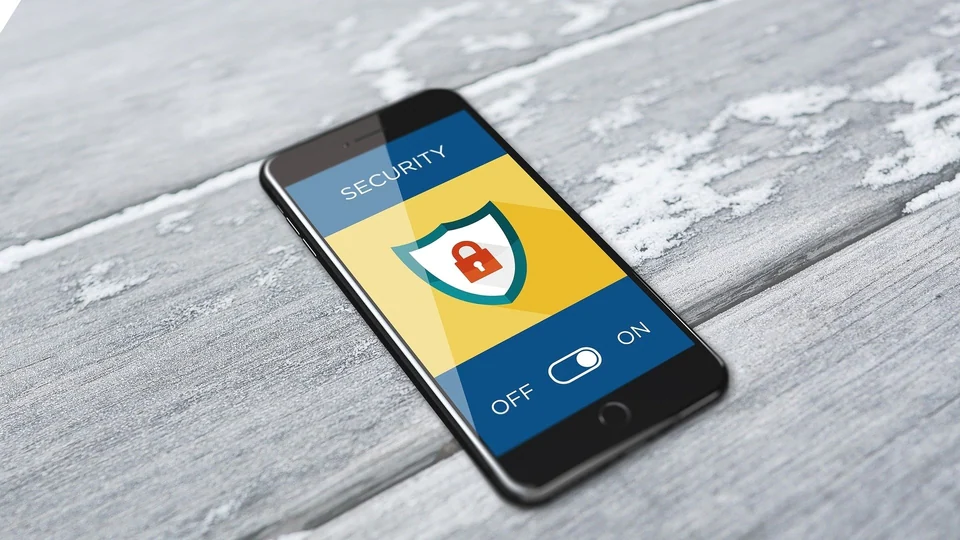While viruses and malware can infect a smartphone, the iPhone is protected by Apple’s walled garden. However, Google gives Android users more freedom to download apps and software outside of the official app store, which can open the door for cybercriminals to enter the device.
Signs that a device is infected with malware can include increased data usage, a rapidly depleting battery charge and text messages or calls sent from the device to contacts without the owner’s knowledge.
Viruses
When you hear the word “virus,” your mind might jump to news of hackers breaking into the Pentagon or Sony Pictures and stealing files. But on a smaller scale, viruses and malware can infect your phone to steal personal information or damage your operating system. These threats can appear in many forms, including adware, ransomware, trojan horses and worms. These threats are found in apps that you download, fake emails and infected attachments. They can perform repeated tasks on your device, drain its battery or cause it to overheat.
Viruses are microscopic entities that contain genetic material, either DNA or RNA, and are covered with a protective protein coat called the capsid. Viruses are attracted to other cells and can only replicate inside them. The most common way a virus infects your smartphone is by downloading a malicious app. To protect your phone, download apps only from authorised stores, such as the Apple App Store or Google Play.
Viruses can infect your smartphone and steal personal information that is stored on it, such as passwords, credit card details and contact lists. Symptoms of a virus infection include strange apps appearing on your device, incessant ads and a surge in data usage that you don’t understand. You may also notice that your apps are crashing frequently. These signs could indicate a virus is the root of the problem, but they could also be caused by an older operating system, bad battery or you have “rooted” or jailbroken your phone.
Spyware
Spyware is a form of malware that secretly collects personal information like passwords and PINs. It then sends the data to malicious third parties for a profit. Some forms of spyware can also hijack a phone’s Internet connection to serve annoying ads, cause it to automatically place calls or text messages or download apps without your consent. In the most serious cases, malware can even eat up CPU resources and cause system crashes.
Cell phones are sophisticated handheld computers that carry a treasure trove of personal and financial information. It was only a matter of time before hackers started targeting them, too.
The most common way that a smartphone can get infected is through email or a dodgy app. Clicking on a suspicious link or downloading a nefarious app can lead to the installation of spyware, adware, Trojans, worms and other kinds of malware. Some forms of malware can even spread from one infected phone to another via Bluetooth, e-mail or text message.
Some telltale signs of a spyware infection include unexplained pop-up ads, unexplained spikes in data usage and a battery that drains faster than usual. It is important to note that not all of these symptoms will be present in every case. However, it is worth checking your device for malware if you notice any of them.
Malware
As smartphones grew in popularity and became used for personal data, hackers began developing ways to steal, damage or otherwise impair them. Malware that specifically targets mobile devices includes viruses, spyware, adware, Trojans, worms and ransomware. Attackers use these tools to gain access to private information, steal and delete data, infect additional phones or generate income from fraudulent activity. Examples include adware that uses the device’s processor to generate money from fake ad clicks and cryptomining malware, which secretly executes calculations on the phone to earn cryptocurrency.
A virus or malware attack on a smartphone can be initiated in a variety of ways, including downloading apps that contain malicious code. Attackers also hide malware inside non-malicious files, such as free software downloads or links clicked by users. Peer-to-peer file sharing networks are often a source of these attacks.
Malware is more commonly found on devices running the Android operating system, but iPhones are not immune. While iOS has more sophisticated security features than Android, it is still vulnerable to some attacks. These can be created through vulnerabilities that exist in older versions of the OS, or through apps designed to exploit these weaknesses. Infections on iOS devices usually occur when users unknowingly click on phishing links or install third-party software that contains malware. Signs that a phone is infected with malware include an unexplained increase in data usage, a quickly dissipating battery charge or calls, texts and emails sent to contacts without the user’s initial knowledge.
Ransomware
Ransomware is often associated with computers, but hackers have started targeting smartphones. Cybercriminals will steal sensitive information and lock the device, demanding payment to return the data or unlock the device.
Cybercriminals will use drive-by downloads to infect a smartphone, or redirect you to shady websites where malware hides behind legitimate content. A popular example is the Koler ransomware, which infects devices by disguising itself as a porn app on a website. This malware then displays a message accusing the user of illegal engagements before encrypting the victim’s primary storage files, requiring a ransom payment to decrypt them.
Viruses and malware can also infect a smartphone through apps and downloads. The apps in the official app stores are typically safe, but some may not make it through vetting and contain spyware or malware. For example, in September, an Apple app that stole Instagram usernames and passwords, called InstaAgent, made it through vetting.
SMS Trojans are another form of mobile malware that can infect a smartphone, exposing personal information to hackers through text messages and racking up phone bills for users. In addition, more employees are using their smartphones to look at and respond to corporate email, making them vulnerable to malware attacks. The best way to prevent these types of attacks is to use anti-virus software, avoid downloading apps from shady sources and limit administrative privileges. It is also important to backup critical data separately from the network, as some malware programs will encrypt or delete data backups to gain access.



